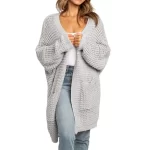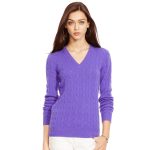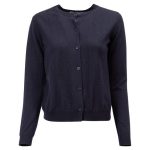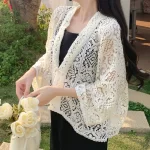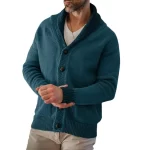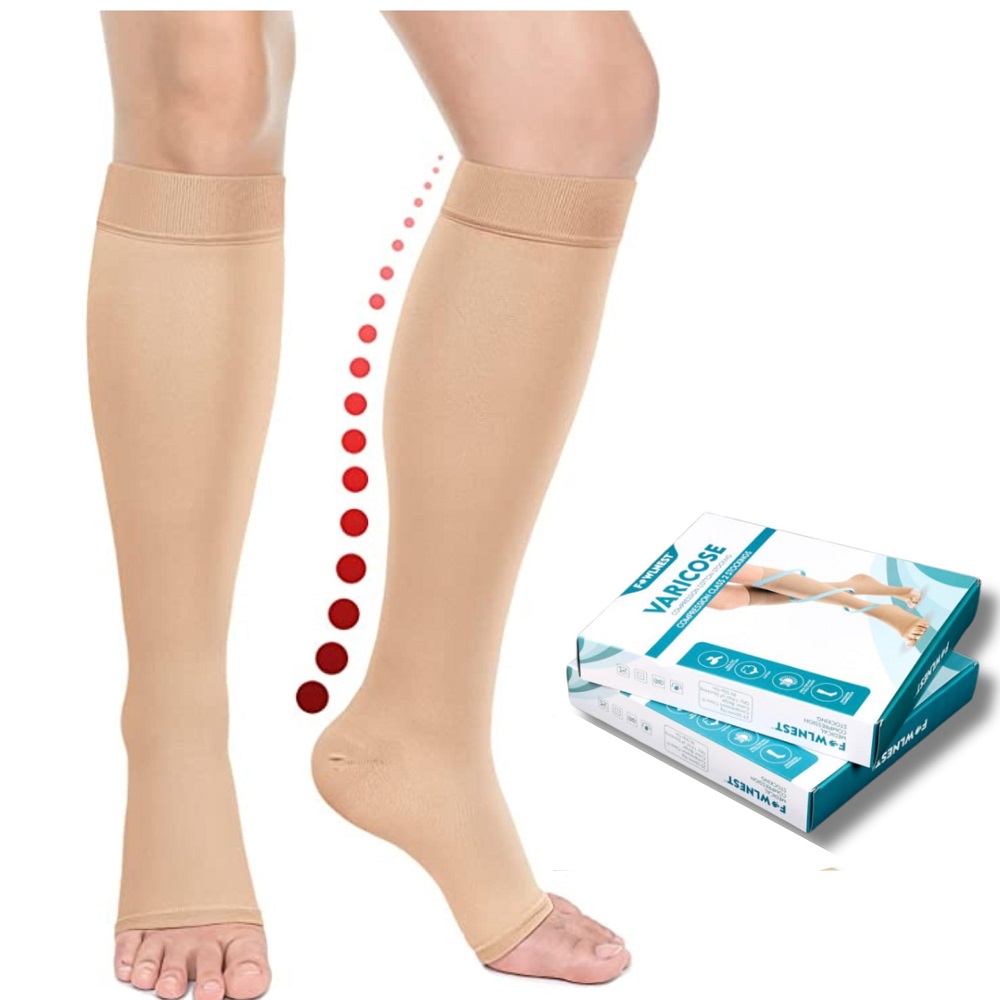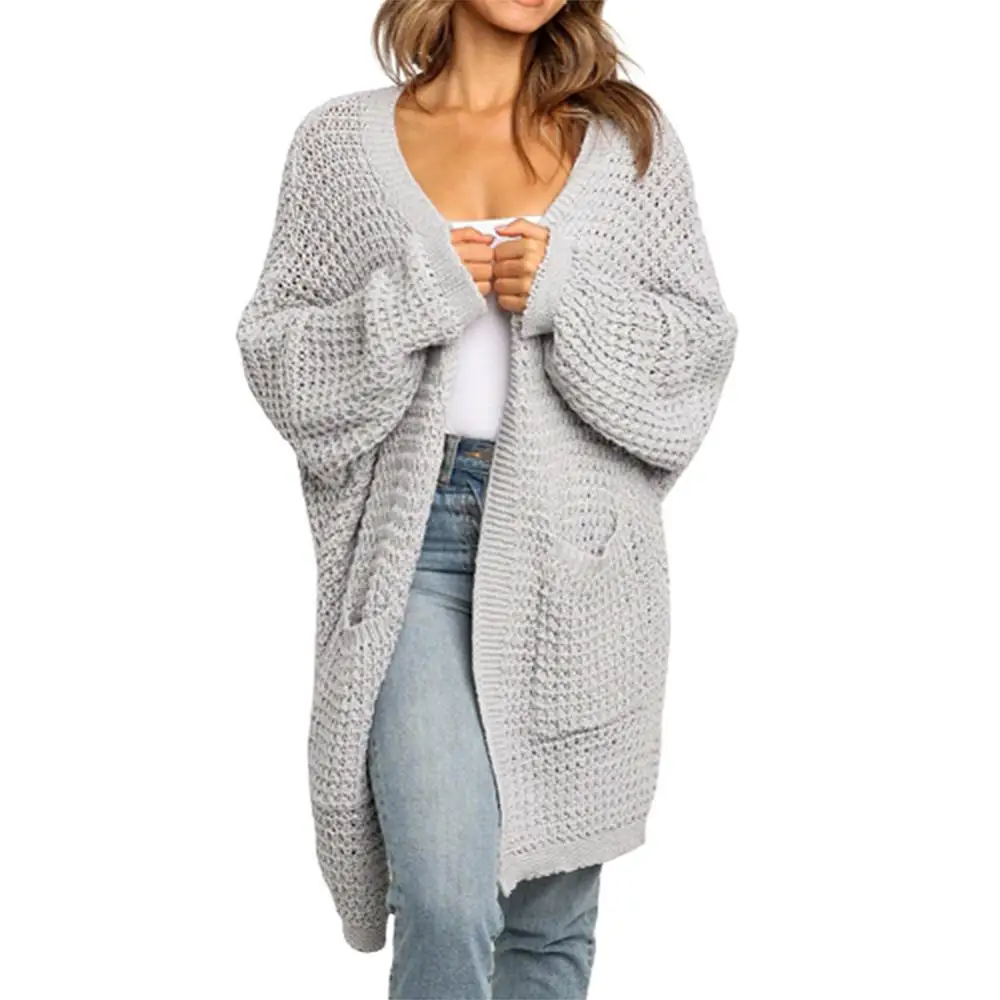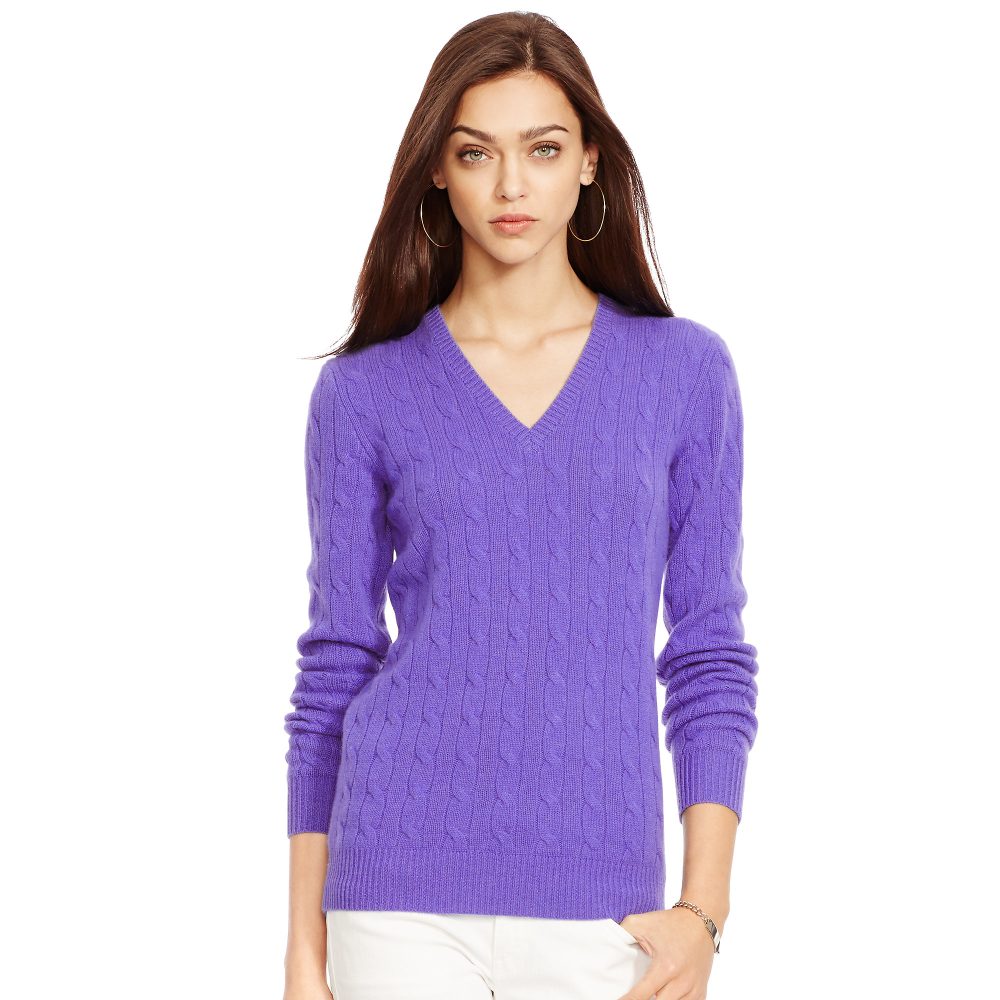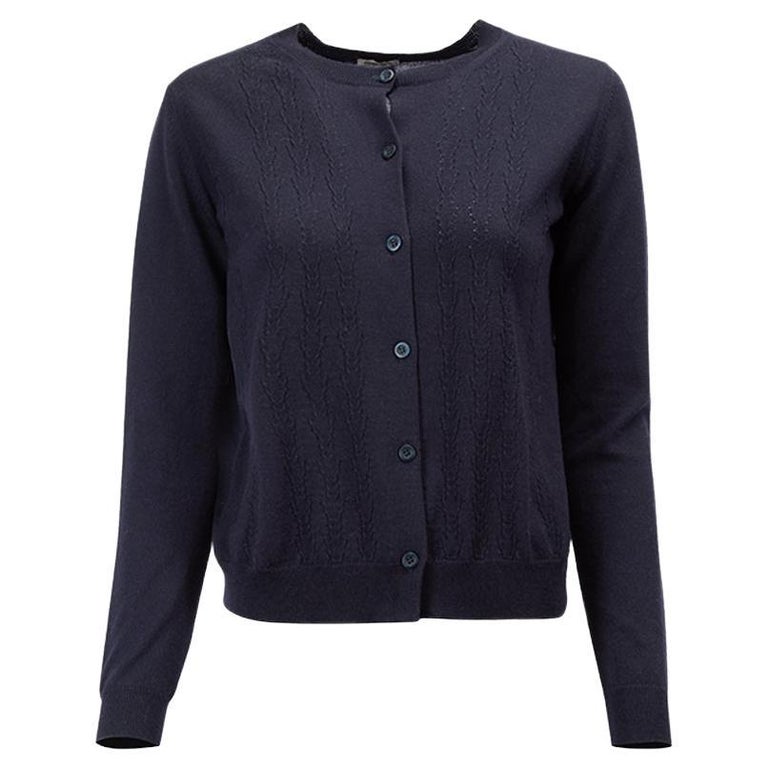Understanding Varicose Veins and Their Causes
Varicose veins are swollen, twisted veins. They appear most often on the legs. The veins look bulging and blue. Poor circulation causes varicose veins. Blood does not flow well in these veins.
Gravity and blood pressure make vein walls weaker. This happens in your lower body. Standing or sitting for long periods worsens the condition. Genetics may also play a role. If family members have varicose veins, you might too.
Hormonal changes can affect vein health. This is common during pregnancy and menopause. Being overweight puts extra pressure on veins. This can lead to varicose veins. Lack of movement is also a culprit. It prevents blood from flowing well.
Age makes valves in veins weaker. This can cause blood to pool and veins to enlarge. Smoking harms blood vessel walls and affects circulation. This can contribute to the development of varicose veins.
Using compression socks for varicose veins helps. They apply gentle pressure. This aids blood flow back to the heart. It reduces the bulging and discomfort of varicose veins.
The Benefits of Compression Socks for Varicose Veins
Compression socks for varicose veins offer multiple advantages. First and foremost, they improve blood flow. This is vital for those suffering from poor circulation. Enhanced circulation means less swelling and aching. The socks apply pressure evenly. This ensures blood moves upward, towards the heart.
Wearing these specialized socks also reduces the risk of blood clots. They are common in stagnant veins. The socks minimize this risk by promoting steady blood flow. Another benefit includes preventing vein expansion. Over time, this helps the appearance of varicose veins.
For individuals who stand or sit a lot, these socks are very helpful. They counteract the effects of gravity on the veins. This relieves the pressure and discomfort throughout the day. Lastly, they offer extra support for the muscles and veins. This results in improved overall leg health.
Indeed, compression socks for varicose veins are a simple, non-invasive remedy. They support day-to-day activities without much change to one’s routine. The socks fit into most lifestyles with ease. The key is to use them regularly and as advised by medical professionals.
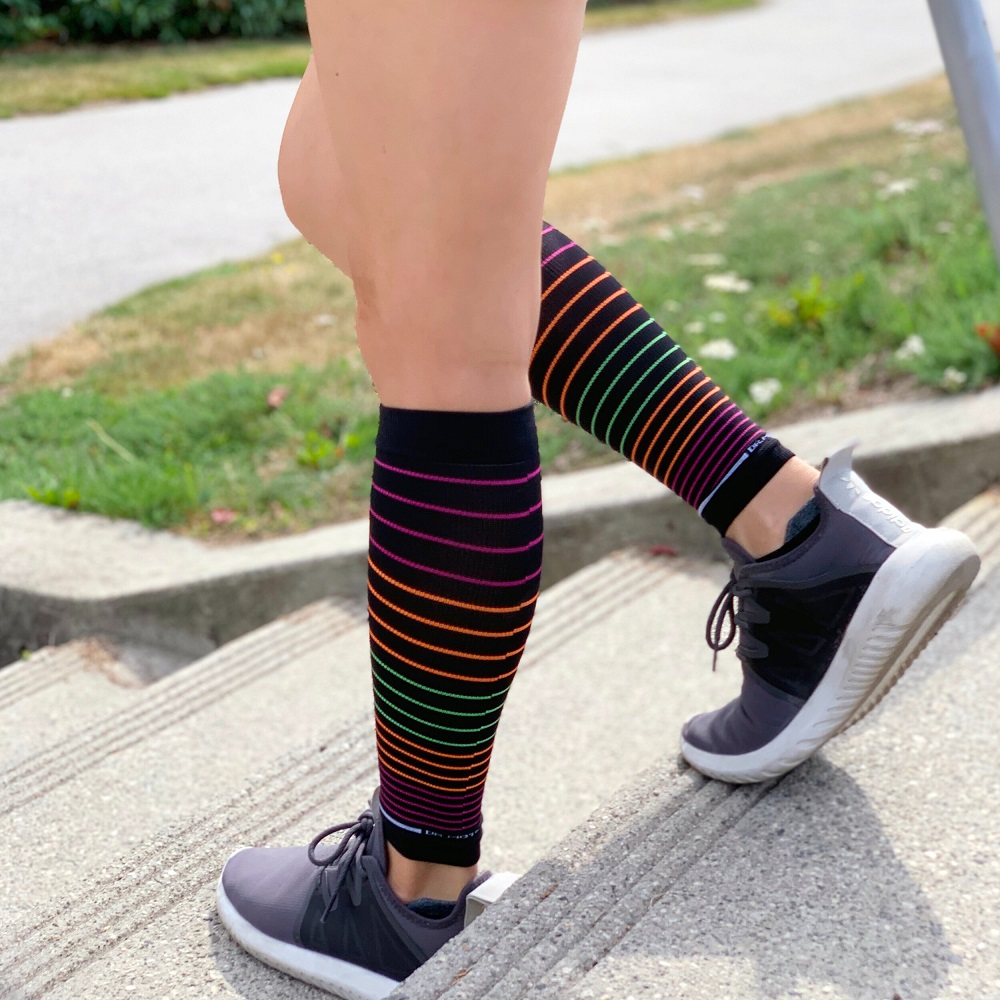
How Compression Socks Work to Alleviate Vein Symptoms
Compression socks for varicose veins work by applying constant yet gentle pressure. This pressure aids blood to move towards the heart, preventing blood from pooling in the veins. Their gradient pressure design is key. It offers maximum compression at the ankle. Gradually, this lessens as it goes up the leg.
This design helps the leg muscles pump blood more efficiently. It supports the natural circulation process. By doing so, compression socks reduce swelling and fatigue in the legs. They also diminish the pain and discomfort associated with varicose veins.
Regular use of compression socks can aid in managing symptoms. They help keep veins in a normal size and prevent further stretching. This crucial function helps to slow down the progression of varicose veins.
By wearing these socks daily, individuals can see an improvement in vein health. It helps provide relief from the heavy and achy sensation that often comes with varicose veins. Moreover, it also contributes to a lower risk of new varicosities forming.
In conclusion, compression socks for varicose veins offer a proactive approach. They help in managing symptoms and improving quality of life for those affected.
Choosing the Right Compression Socks
Choosing the right compression socks for varicose veins is vital. Look for medical-grade socks. These offer the best support. Check the level of compression they provide. This is usually measured in millimeters of mercury (mmHg). The higher the number, the stronger the pressure. For mild varicose veins, 15 to 20 mmHg is often enough. For severe cases, 30 to 40 mmHg may be recommended.
Make sure the socks fit well. Poor fitting socks can either pinch your skin or slip down. Both issues can limit the benefits. You want a snug fit. Yet, they shouldn’t cut into your skin. Measure your legs to find the right size. Most brands provide sizing charts. Use these to guide your choice.
Look for socks made from breathable material. Good air circulation keeps skin dry and comfortable. Many compression socks for varicose veins come in various colors and styles. You can choose ones that match your personal taste and lifestyle.
Finally, consult with a healthcare provider. They can advise on the best type and fit for your needs. With the right compression socks, you can manage symptoms better. You’ll also support your vein health each day.
Proper Use and Care for Compression Socks
For best results, wear compression socks for varicose veins correctly and care for them properly. Follow these guidelines.
To put on compression socks, sit down and reach into the sock. Grab the toe area and turn the sock inside out, up to the heel. Slip your foot inside, up to your heel, and unroll the sock over your calf. Smooth out any wrinkles. Make sure the sock sits evenly on your leg.
Wear the socks all day, especially during long periods of standing or sitting. Remove them before bedtime. This helps your skin breathe overnight. If you need to wear them for longer, consult a doctor.
Wash your compression socks daily to maintain their elasticity. Use mild soap and warm water. Avoid wringing them out as this can damage the fabric. Instead, gently squeeze out the water. Lay them flat or hang them up to dry away from direct sunlight.
Rotate between pairs of compression socks. This lets each pair regain its shape and prolongs their effectiveness. Inspect them regularly for wear and tear. Replace them every three to six months, or as recommended by the manufacturer or your healthcare provider.
By properly using and caring for compression socks for varicose veins, they will work effectively for longer periods. This will support your leg health and help you manage symptoms of varicose veins better.
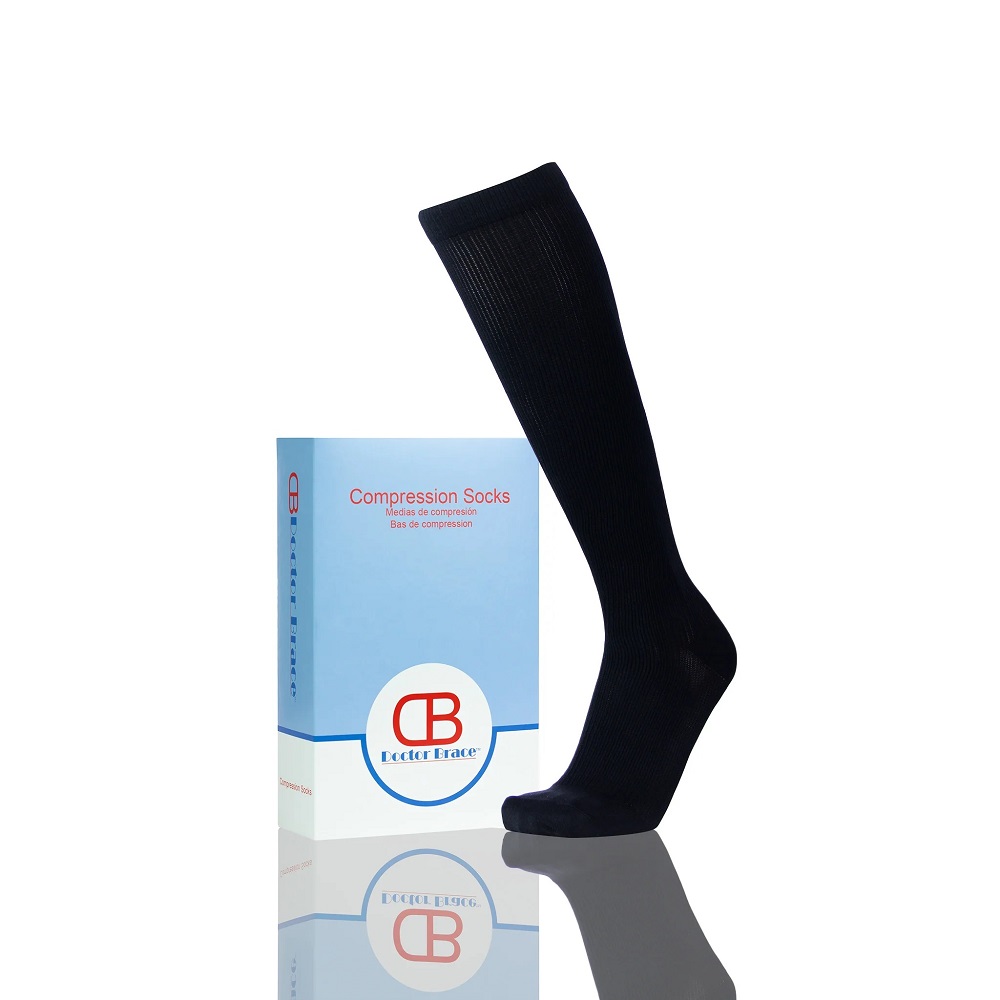
Lifestyle Changes to Complement Compression Therapy
Adopting a healthy lifestyle can boost the effects of compression socks for varicose veins. Here’s how:
- Stay Active: Regular exercise helps blood move through your veins. Walking and swimming are good options.
- Maintain a Healthy Weight: Extra weight adds pressure to your veins. Losing weight can help relieve this pressure.
- Elevate Your Legs: When resting, lift your legs above heart level. This helps blood flow back to the heart.
- Avoid Long Periods of Standing or Sitting: Take breaks to move around if your job requires standing or sitting for a long time.
- Eat a Balanced Diet: Foods high in fiber and low in salt can prevent swelling and help with circulation.
- Stay Hydrated: Drinking water helps thin the blood, making it easier to circulate.
- Quit Smoking: Smoking damages your blood vessels. Stopping can improve blood flow and vein health.
These habits, along with regular use of compression socks for varicose veins, can help manage symptoms and improve your vein health.
Potential Side Effects and When to Consult a Doctor
While compression socks for varicose veins are generally safe, they can have side effects. It is important to be aware of these and know when to seek medical advice. Here are potential side effects and situations when you should consult with a healthcare professional.
Recognizing Possible Side Effects
Compression socks are design to improve circulation and alleviate symptoms. However, they may cause some issues if not used properly:
- Skin Irritation: If the material does not agree with your skin or if the socks are dirty.
- Discomfort or Pain: This can happen if the compression level is too high or the fit is incorrect.
- Numbness or Tingling: If the socks are too tight, they can impede circulation and cause numbness.
- Skin Discoloration: If you notice any changes in skin color, it may indicate improper blood flow.
- Allergic Reactions: Some materials may cause allergic reactions, like itching or rash.
You should stop using the socks and consult a doctor if you experience any of these side effects.
When to Seek Medical Advice
Some situations require professional medical advice:
- Before Starting Use: Especially if you have a condition that affects circulation or skin sensitivity.
- Persistent Pain or Swelling: If symptoms worsen or don’t improve with use.
- Changes in Skin Color or Temperature: Pale or blue skin, or a feeling of cold, could be a sign of blocked blood flow.
- Allergic Reactions: If you suspect an allergy to the material.
Remember, while compression socks for varicose veins can offer relief, they are not a cure-all. Always use them as part of a comprehensive treatment plan, which should include regular check-ups with a healthcare provider.
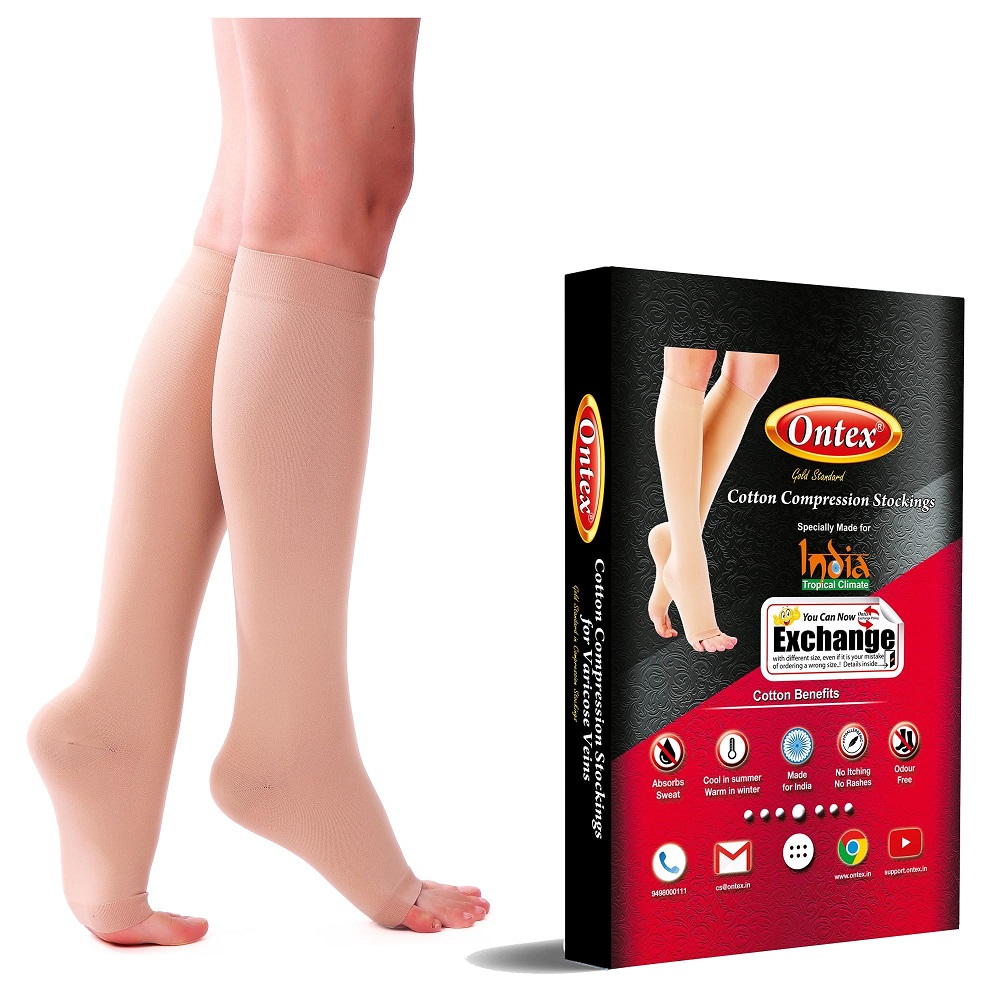
Success Stories: Real Life Examples and Testimonials
When exploring the benefits of compression socks for varicose veins, nothing speaks louder than real-life examples. There are countless stories of individuals who have experienced significant relief from the discomfort associated with varicose veins thanks to these special socks. Let’s dive into a few testimonials that showcase the positive impact compression socks have had on people’s lives.
- An Office Worker’s Journey: One office worker shared how after long hours at the desk, their legs would swell and ache. Regular use of compression socks for varicose veins improved their condition remarkably. They no longer feel tired legs and the varicose veins appear less prominent.
- The Marathon Runner’s Advantage: A marathon runner with early signs of varicose veins started wearing compression socks during training and races. They noted not only a reduction in symptoms but also improved running performance and quicker recovery.
- A Pregnant Woman’s Comfort: During pregnancy, a woman struggled with swollen veins and feet. With compression socks for varicose veins, she found relief from swelling and pain, making her daily activities more comfortable.
- An Elderly Gentleman’s Story: An elderly man was skeptical about the socks until he tried them. The socks offered him so much relief that he made them a part of his daily routine, reducing his leg pain and swelling.
These stories illustrate the real difference compression therapy can make for those suffering from varicose veins. People from diverse walks of life find these socks not just a relief, but also a supportive measure for their leg health and overall well-being. Remember, it’s important to select the right compression level and seek professional medical advice to achieve the best results.

